How to Design a Montessori Playroom
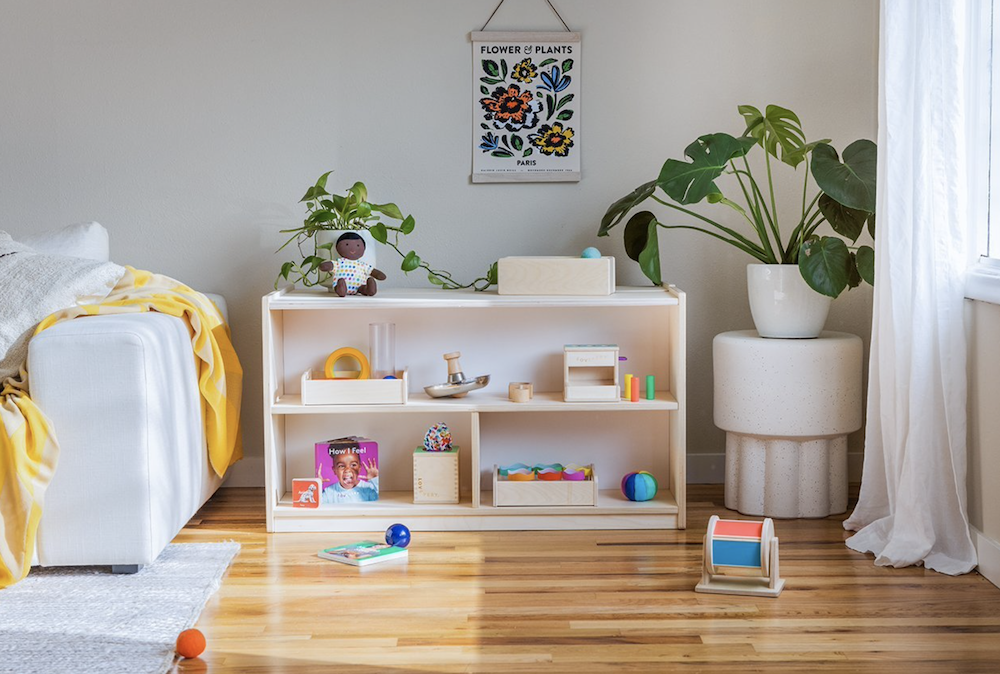
If you love the idea of a play area with a classroom vibe, or are looking to revamp your homeschool zone, a Montessori-style playroom is a great option. They’re clean, simple, open and rich with learning opportunities. What’s more, you can totally DIY the setup and may even have some Montessori-friendly toys already on hand.
Designed to foster focus and a sense of independence, you can start incorporating this method from the very beginning of your infant’s life with tummy time and upgrade your inventory with each stage of growth. The earliest years of a child’s life are crucial, as research shows 85 percent of the brain develops before age 3, so while all play is great for these bitty sponges, a strategic approach can serve them all the more before they become preschoolers. Read on for tips to curate your own Montessori-inspired playroom.
What are the fundamentals?
The Montessori method is a child-focused approach to play and learning that prioritizes hands-on, child-driven activities. Through this system, children are guided to engage in thoughtfully prepared exercises geared toward their age group for cognitive, social, emotional and physical development.
While it may sound ambitious, the setup is quite straightforward with a less-is-more composition. To have a true Montessori classroom, include these elements:
Fewer options: Though seemingly counterintuitive, a limited number of quality toys and activities can actually help promote deeper interaction and concentration. Less distraction gives your baby an opportunity to master a skill versus jumping from one thing to the next. (Tip: Most guides recommend 8-10 available activities at a time. A monthly toy rotation can keep the room feeling fresh to your wee one.)
Shelving at a child’s height: By having all activities at your child’s level, she can easily see everything, choose an exercise and put it back when she’s finished. Montessori-based play puts a value on being able to view what’s available at all times versus keeping things hidden in toy storage.
In addition to the shelving unit, it’s advised that the bookshelf, artwork, and any plants and flowers also be at your child’s height for easy access and appreciation.
An open space that’s also cozy: If you have any square footage to spare, some open space for movement is extremely beneficial for a child’s development of gross motor skills—and to expend a bit of that nonstop energy! Natural light from a window, a rug and a soft corner for storytime (think a plush beanbag chair or floor cushion) can add softness to your room, making it a cozy space you both really enjoy.
Toys that promote engagement: There are no approved “Montessori toys,” rather, toys that are Montessori-friendly. With an emphasis on wooden toys and natural materials, you’re less likely to see plastic or battery-operated toys that light up and make noise. This is because Montessori toys are meant to engage rather than entertain through problem solving, practical life skills and sensory enrichment. You can still get the benefit of gross and fine motor skills using simple toys without the added distraction.
Keep reading for a few of our favorite Montessori must-haves to help you get started.
Montessori toys we love
These play activities are great options because they each focus on a single skill to conquer and are also rooted in reality versus pretend. Maria Montessori, the founder of the Montessori method, was fond of these principles and felt that when given the option between a realistic toy, such as a farm animal figurine or something more cartoon-like, it’s best to choose the toy that best imitates the real world. Children love to mimic their surroundings, making practical toys more encouraged.
Montessori Climber Pikler Triangle
Great for movement, strengthening limbs, increasing spatial awareness and helping wee explorers develop balance. Note that it’s best to use a play mat underneath to avoid slips.
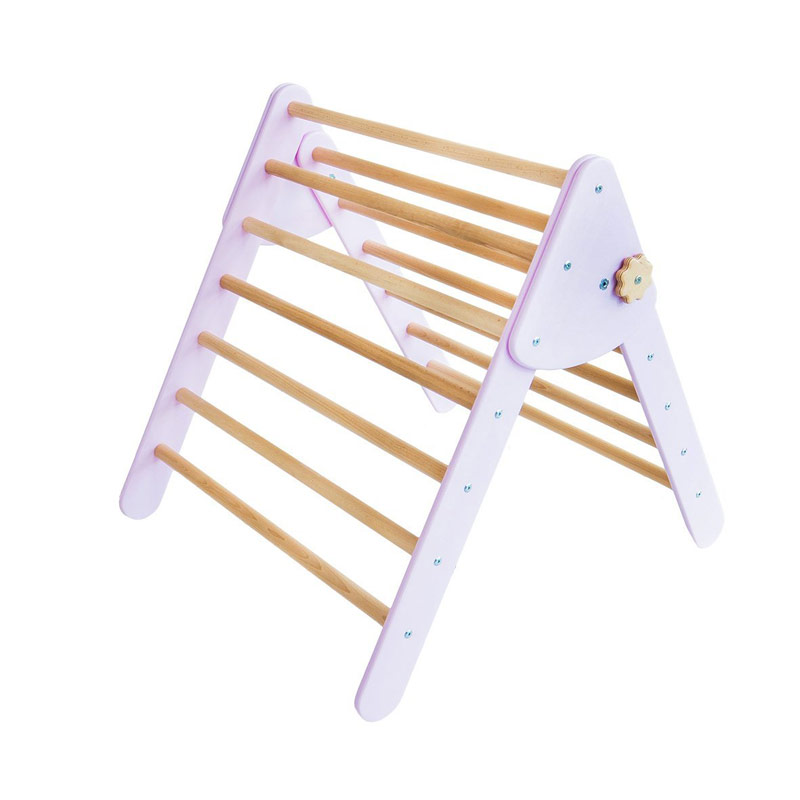
Montessori Climber, $299
Manhattan Toy Skwish Rattle
Lightweight with a unique shape, even the tiniest of hands can practice grabbing and shaking this soft and squishy rattle that’s perfect for stimulating newbie’s senses.
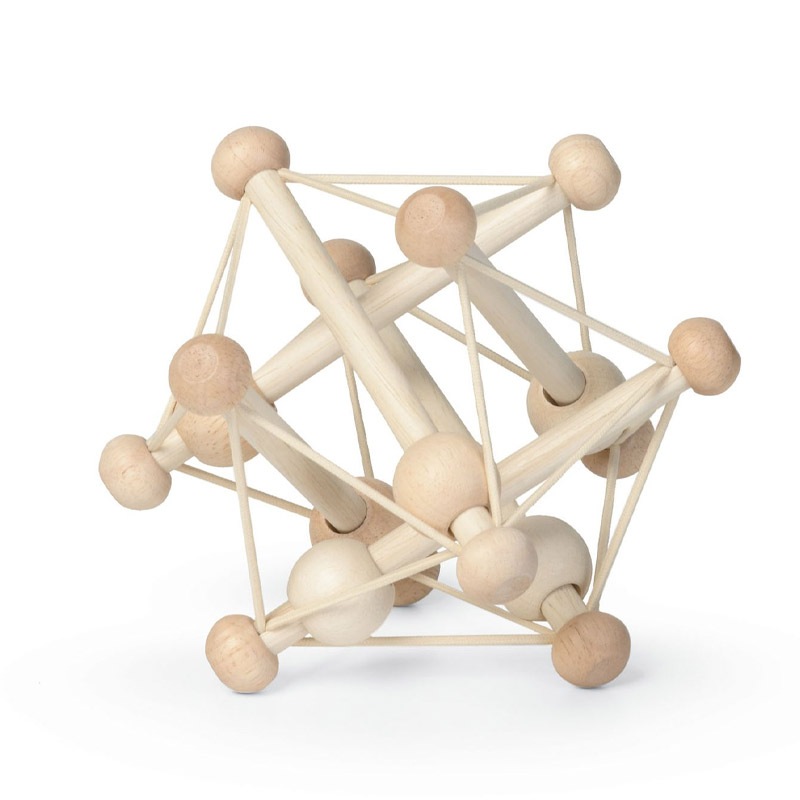
Manhattan Toy, $19
Lovevery Play Kit
If subscription boxes are your thing, the Lovevery Play Kits are packed with stage-based play essentials for your child’s developing brain. Each box is expert-approved and backed by research, so you can rest assured you’re fostering cognitive growth for your child at every turn with the right toys at the right time.
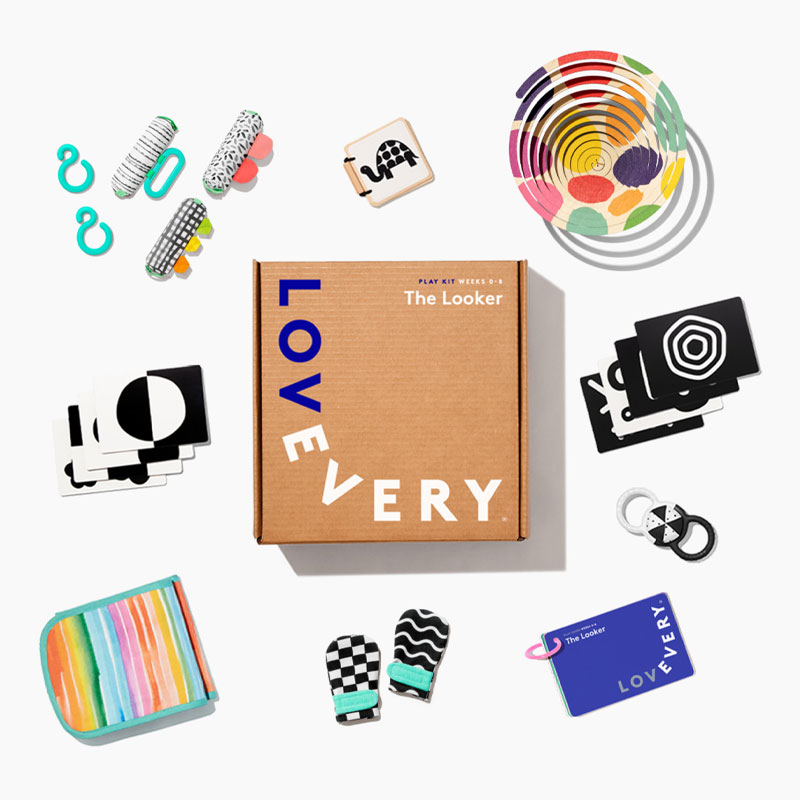
Lovevery, $80 per kit
PlanToys Geometric Sorting Toy
This puzzle is challenging, but not too overwhelming. It introduces problem solving for older babies and has easy-to-handle pieces.
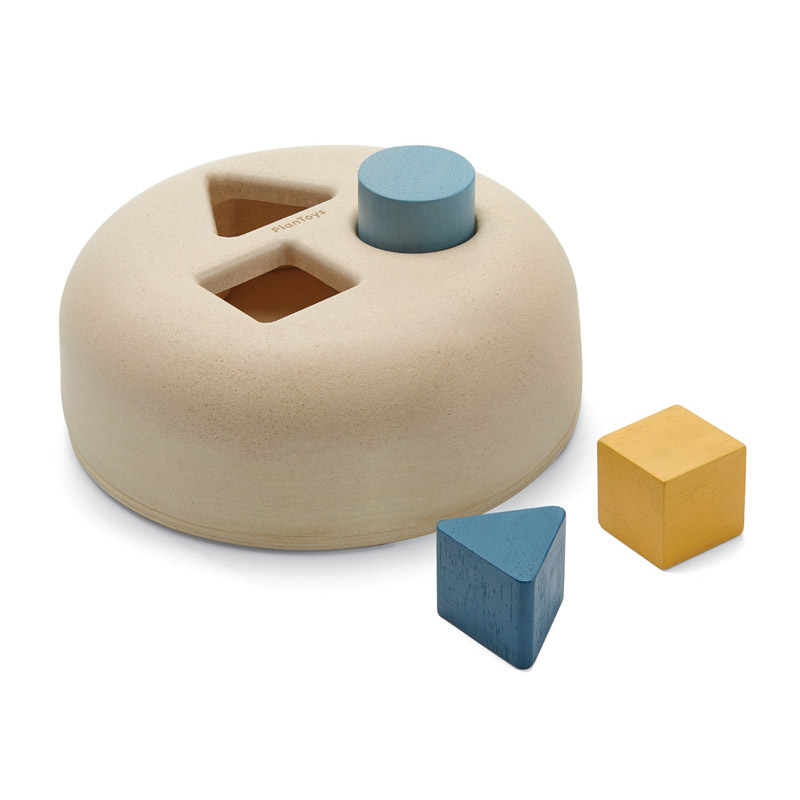
PlanToys, $25
Bigjigs Toys Snazzy Xylophone
Playing with musical instruments is another avenue of learning and self-expression, both of which permeate the Montessori method. This colorful xylophone is a great way to keep tiny hands busy and explore musical potential.
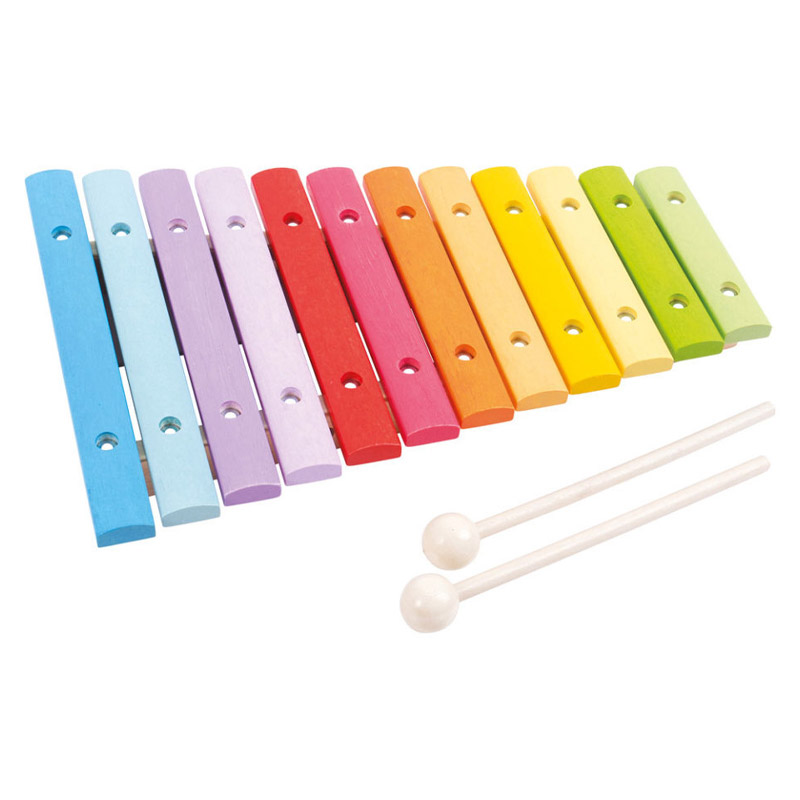
Maisonette, $27
Grimm’s Large Wooden Box Set
Stack, sort, build, collect, create a doll house and more with this versatile box set that offers so many opportunities for engagement in one simple presentation.
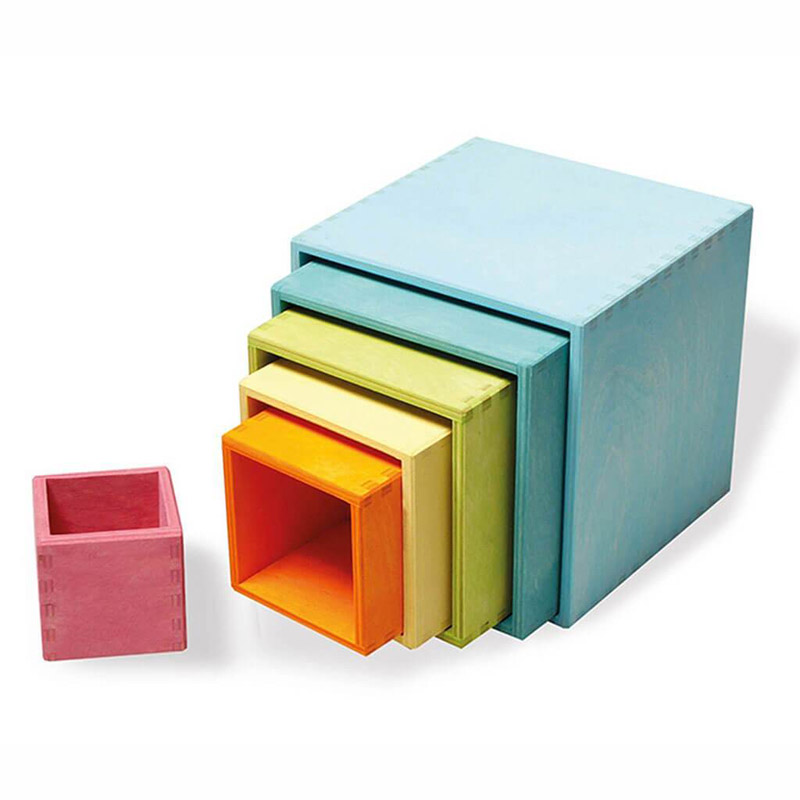
The Natural Baby Company, $81
Press Here Board Book
This easy read keeps bitty bookworms entertained with a cause-and-effect style of interaction. Each page holds instructions on how to make the dots create different patterns, allowing baby to feel in control during storytime.
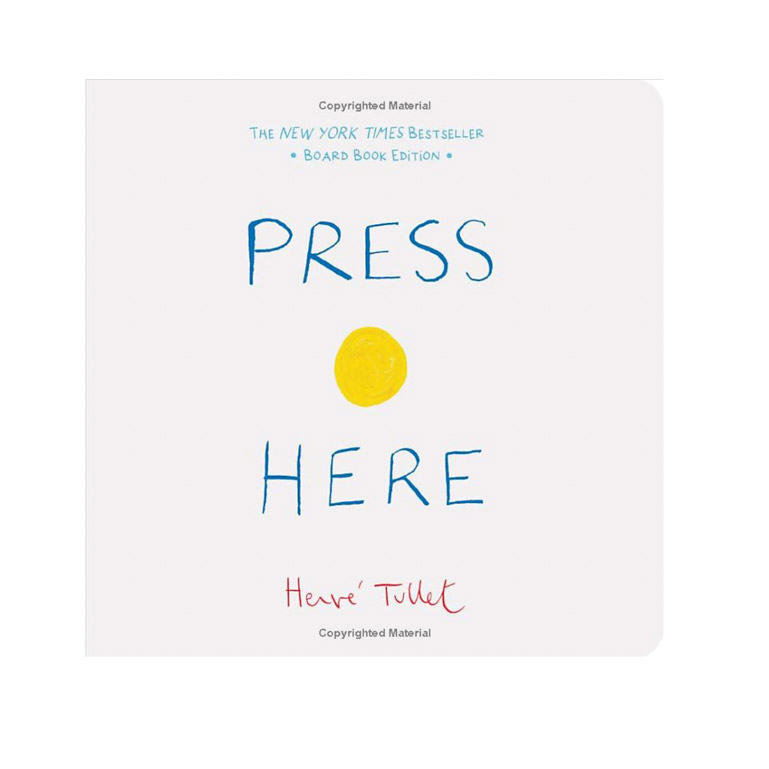
Chronicle Books, $5







